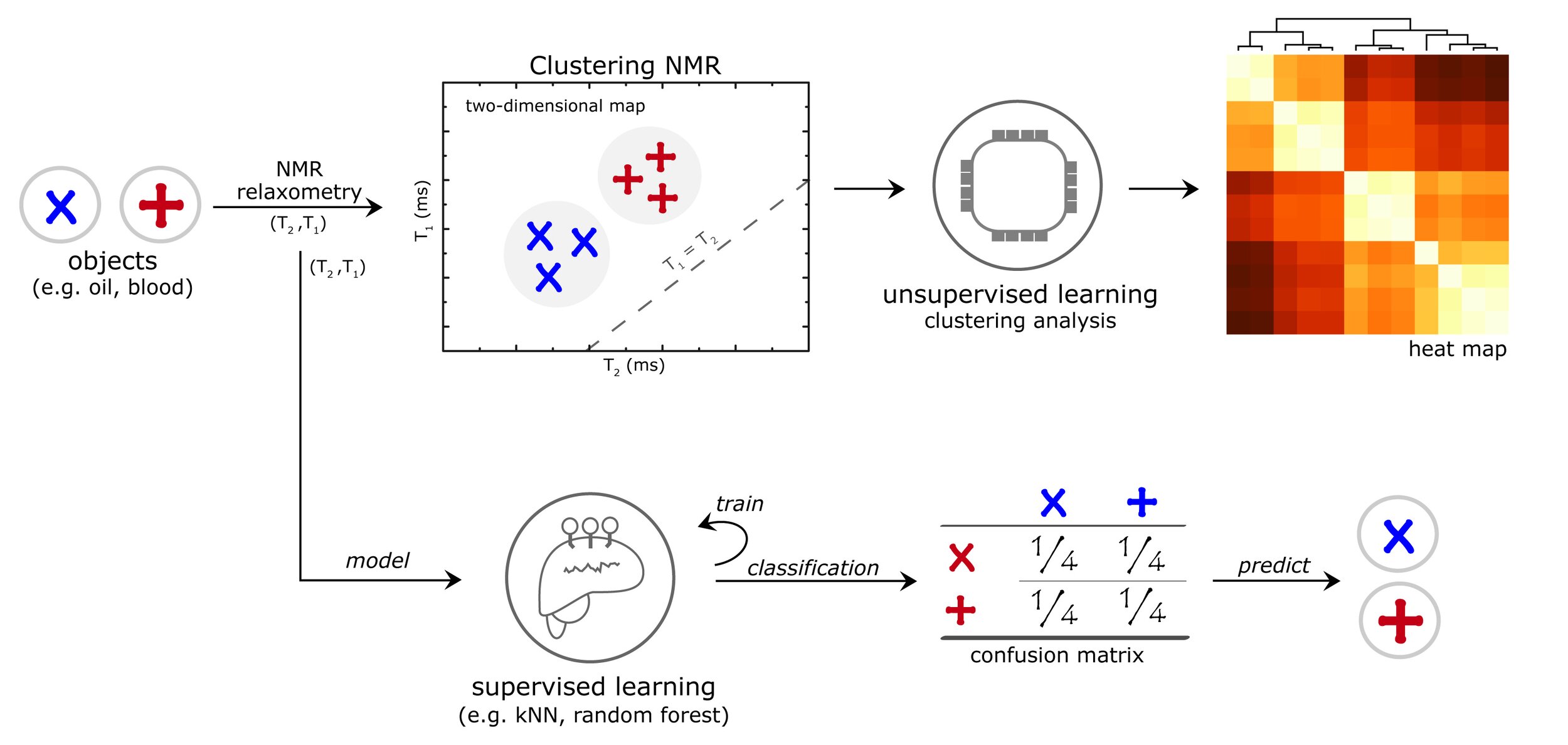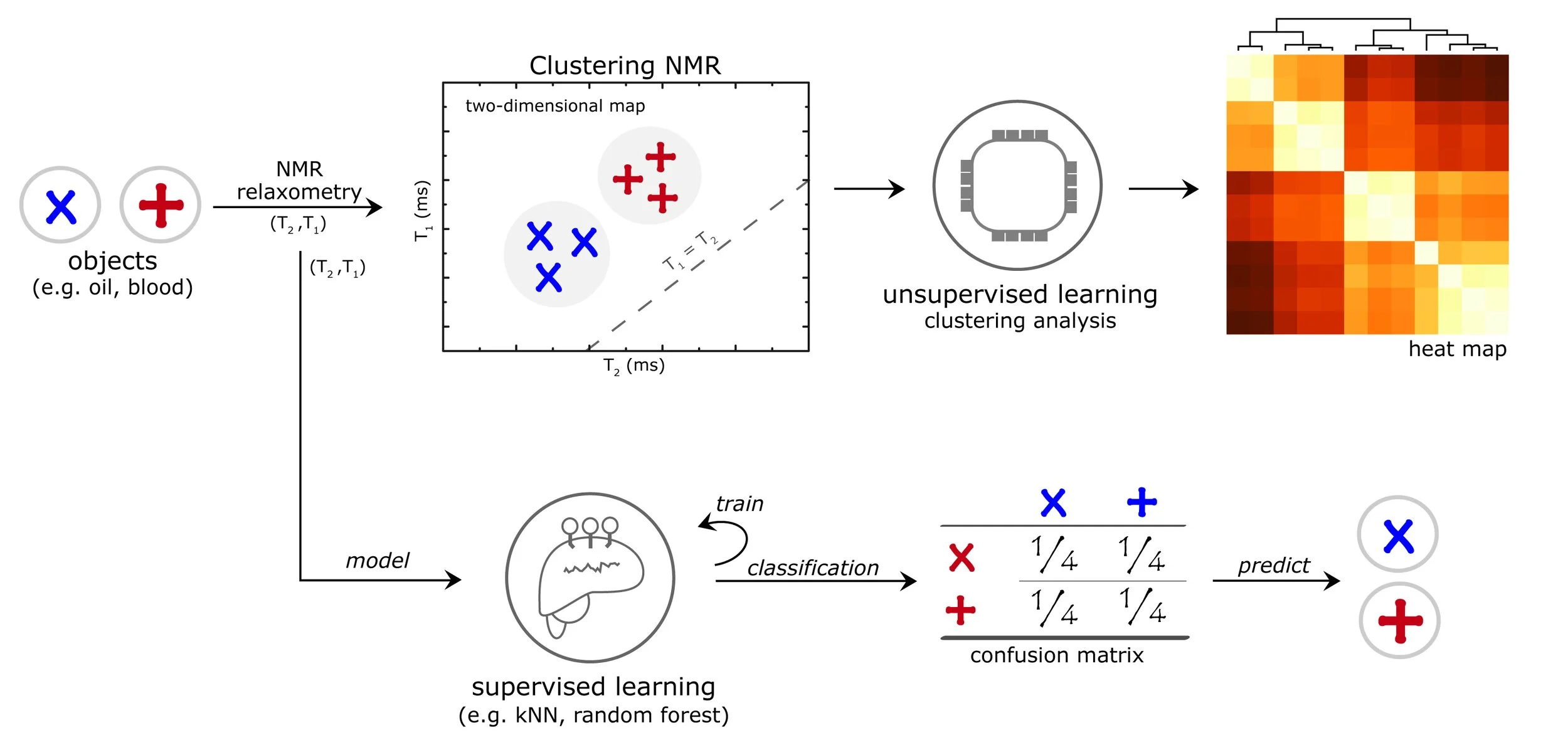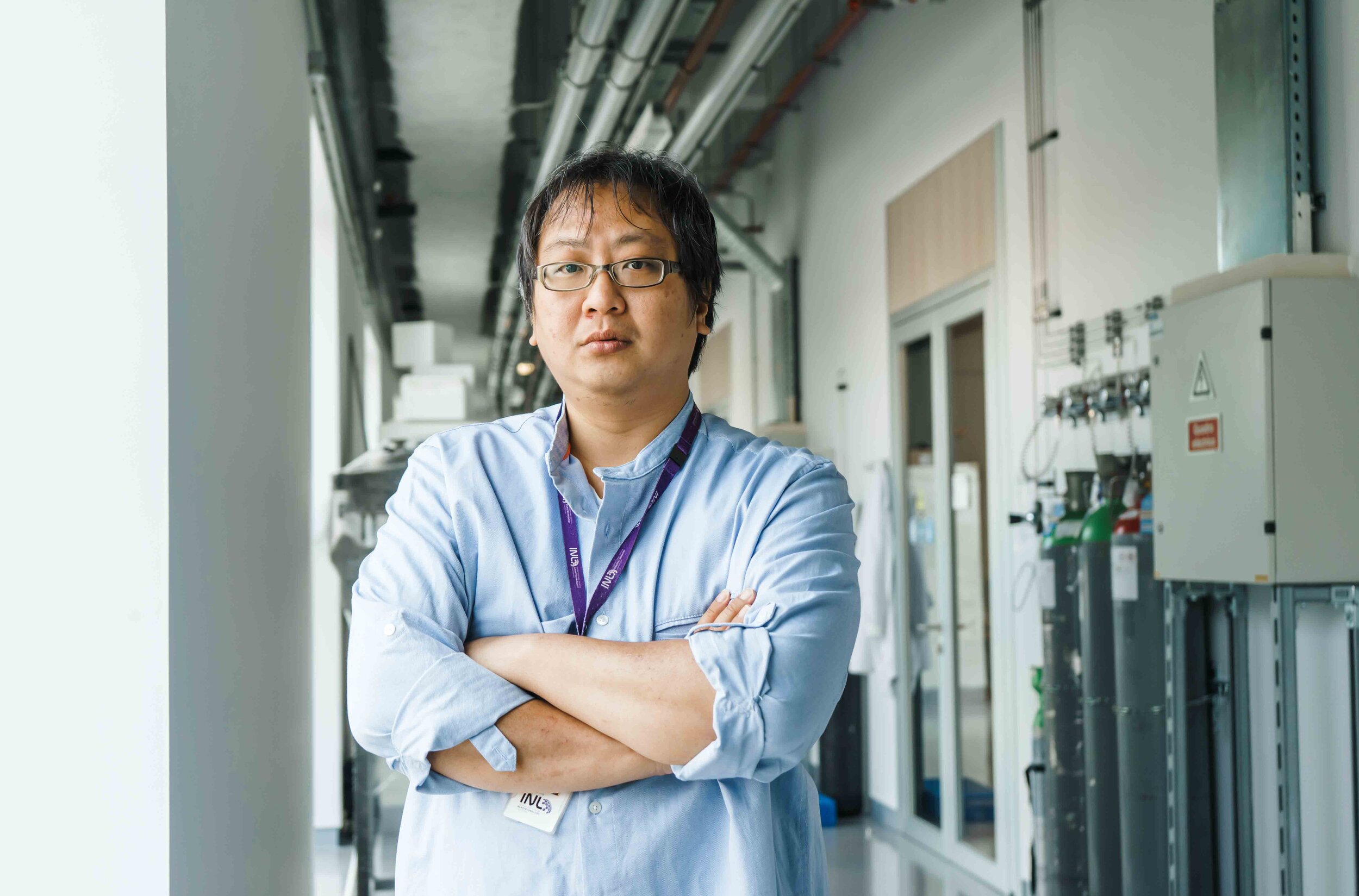
INL researcher uses machine learning to speed up magnetic resonance detection time
March 5, 2021
Weng Kung Peng, a researcher at INL – International Iberian Nanotechnology Laboratory, developed a new technique to speed up (e.g., from hours to a few minutes) detection time in magnetic resonance technologies.
Magnetic resonance technology is a powerful and attractive approach in high-resolution nuclear magnetic resonance spectroscopy to clinical imaging. In recent years, however, with the rapid advances in NMR engineering (e.g., IC-based spectrometer) utilising a small foot-print permanent magnet, the time-domain NMR instrumentations have seen a myriad of interesting applications from point-of-care testing medical diagnosis, industrial food science, and in-situ oil-gas exploration.
However, one of the problems is the inherently long relaxation time of the liquid sample (and hence low signal-to-noise ratio) which causes unnecessarily long repetition time. In this project, a new methodology is presented for rapid and accurate object classification using NMR relaxometry with the aid of machine learning techniques. It is demonstrated that the sensitivity and specificity of the classification are substantially improved with a higher order of (pseudo)-dimensionality (e.g., 2D or multidimensional). This new methodology (the so-called Clustering NMR) may be extremely useful for rapid and accurate object classification (in less than a minute) using the low-field NMR.
The proposed Clustering NMR method works on the rationale that accumulative characteristics of each dimensionality would form a specific and unique signature (´molecular fingerprint´) which is the same concept borrowed from data mining. Interestingly, with the recent advances in machine learning techniques, it has become remarkably efficient that a large data set that runs in ´real-time mode´ is possible. Once the rapid phenotyping is available, it may be interesting to link the NMR phenotype directly to its´ genotype as a disease discriminant. This has opened up a new opportunity to combine magnetic resonance technologies (including clinical imaging) with real-time machine learning and thus produce ´intelligent machines´.
INL is currently leading the effort in fostering international collaborations (e.g., involving counterparts from the United States, China, and Singapore) to make machine learning part of the translational clinical program.
A paper is published in the journal, Engineering Reports (doi: 10.1002/ENG2.12383) by Wiley Publishing Group.

